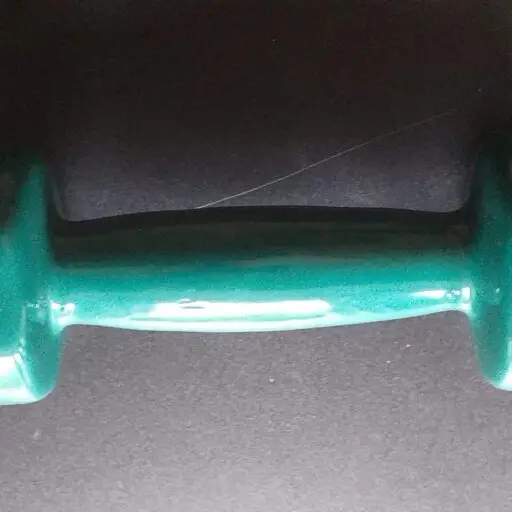Training Injuries: Prevention & Cure
(Fundamentals)
An injury is any incident that occurs to your body, preventing you from training.
Injuries vary from minor ones like blisters, rashes, and sores to severe injuries that can take many months (or even years) to fix. Examples of severe injuries are a broken arm or leg, or whiplash injuries from a car crash. By far, the most common injuries I see as a coach are those affecting the back (especially the lower back), shoulders, knees, and ankles. These are the worst kind because they are spinal or structural injuries and can be highly limiting and challenging for the sufferer. Another common type of injury is a muscular or tissue injury, which is generally less severe. However, it can also be severe enough in some cases to end an athletic career or disrupt a training schedule for several months or years.
Prevention is better than a cure. When starting as a beginner (or trying a different type of training), one of your main priorities should be to think hard about safety and correct technique.
Most injuries are caused by:
- Easily avoidable mistakes made by you (about 95%)
- Mistakes made by other people, which cause you to have an accident (about 5%)
Poor technique, excessive weight, training when tired, or being sloppy with tidiness are all common causes of injury that can be easily avoided with a bit of care and planning. But even if you are massively careful to minimize those types of risk in 1), there are always the other idiots who will leave dumbbells behind you for you to trip on, or perhaps give you a dangerous tackle in football.
Because there are many different types of injuries, it is not surprising that there are also various solutions to aid faster recovery. The kind of solution best suited for your injury depends on several factors, and you may need to consult with doctors, coaches, physiotherapists, or other athletes to discuss your options.
Here are some good examples of injury solutions drawn from my training and coaching experience. However, it is essential to consult with Doctors and other experienced professionals before following any advice provided on this website.
_________________________________________________________________________________________
Problem: Blisters – considered minor, but they can also have short-term, catastrophic effects on the quality of your training or competitive performance.
Solution: Blisters are caused by a mix of 3 factors: friction, heat, and moisture. So how can you reduce these three things?
Strategic use of Vaseline (A.K.A. petroleum jelly) to reduce friction on the sore area
Change your shoes, socks, or other clothing that is rubbing
Apply corn plasters (they can help with certain types of blisters).
Wear cotton socks or other cotton clothing (natural cotton is best)
Wear lighter, more breathable clothing, including shoes
Avoid training in very hot and humid weather
Use air conditioning or open windows to reduce heat and improve airflow in your training environment.
_________________________________________________________________________________________
Problem: General knee pain (not severe types)
Solution: With many types of knee problems, the solution can be pretty straightforward, although sometimes not, so please be careful to follow my advice carefully and always check with a Doctor if unsure.
Your first step to finding a solution to a knee problem is to understand the cause of the injury. Did you knock it hard? Have you experienced this before? What have you been doing differently lately that might have caused it? For example, have you just increased the distances you are running in training? Or have you recently started some new exercise/s? What type of pain is it? Is it swollen? Touch it to locate the main point of pain.
_________________________________________________________________________________________
There are some great injury diagnosis sites on the web, so check these out as part of your search for a cause. Once you understand the most likely cause of the problem, you can determine the best course of action for recovery.
Examples of some practical solutions I have used for injuries are:
1) Swimming and targeted pool exercises – this helps with circulation, and the cool temperature helps reduce swelling. Reduced swelling means reduced friction and, consequently, less pain.
2) Walking up many flights of stairs or steps on long paths, if you have any of those near your home.
3) Seated leg extensions in the gym or some suitable variant of this. Essentially, we aim to strengthen the muscles that support the knee, thereby reducing stress on it while it heals.
4) Shoe inserts (like Sorbothane heel inserts)

